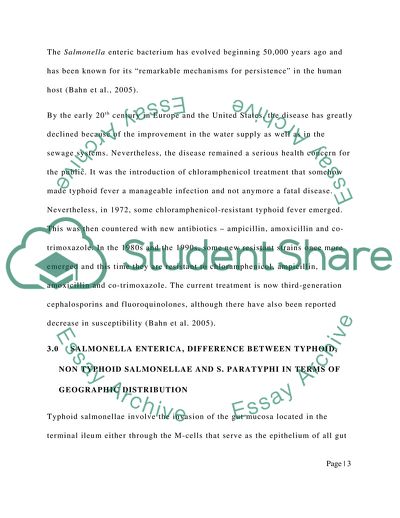Cite this document
(Typhoid Fever in Children Essay Example | Topics and Well Written Essays - 2500 words - 1, n.d.)
Typhoid Fever in Children Essay Example | Topics and Well Written Essays - 2500 words - 1. https://studentshare.org/health-sciences-medicine/1804915-typhoid-fever-in-children
Typhoid Fever in Children Essay Example | Topics and Well Written Essays - 2500 words - 1. https://studentshare.org/health-sciences-medicine/1804915-typhoid-fever-in-children
(Typhoid Fever in Children Essay Example | Topics and Well Written Essays - 2500 Words - 1)
Typhoid Fever in Children Essay Example | Topics and Well Written Essays - 2500 Words - 1. https://studentshare.org/health-sciences-medicine/1804915-typhoid-fever-in-children.
Typhoid Fever in Children Essay Example | Topics and Well Written Essays - 2500 Words - 1. https://studentshare.org/health-sciences-medicine/1804915-typhoid-fever-in-children.
“Typhoid Fever in Children Essay Example | Topics and Well Written Essays - 2500 Words - 1”. https://studentshare.org/health-sciences-medicine/1804915-typhoid-fever-in-children.


